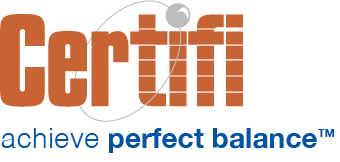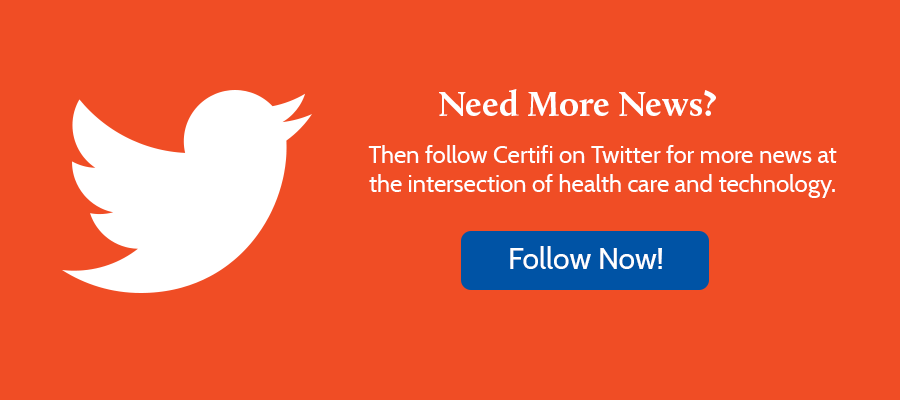The advent of Internet-delivered online shopping experiences like Amazon, where buyers could learn more about products and make more informed buying decisions. That online buying experience extends to health insurance and employer benefit products in the past decade through the rise of public health exchanges and private health exchanges.
What is a private health exchange?
A private exchange is an online store or marketplace that enables employees or retirees to shop for benefits from a selection of plans. The exchange will often include health insurance as well as other voluntary benefits products.
Private exchanges can be used by employers who want to offer a wide range of insurance and other benefit products to their employees. Employers leveraging private health exchanges generally use a defined contribution, which is a dollar value they’ll contribute to an employee’s purchases on the exchange.
Private exchanges can also be used by individuals who don’t have employer-based insurance to shop for and enroll in insurance plans, though most individuals choose public exchanges because of the subsidies available.
Private companies are responsible for building the technology that drives the private exchanges, though they shouldn’t be confused with third party administrators who offer online enrollment. One of the key differences between a private exchange product and an online enrollment product is exchanges offer plan comparison and decision-support tools that add personalization to enrollment choices. By comparison, most third-party administrator solutions simply replace paper enrollment processes with online enrollment processes and don’t offer plan comparison and decision support tools.
What is a Private Health Exchange?
A private health exchange is an online store or marketplace with decision support tools that enable employees or retirees to shop for benefits from a selection of plans and products. It typically includes both insurance products as well as other voluntary benefit products.
How does that differ from a public health exchange?
A public insurance exchange, either the federal healthcare.gov exchange or one of the state healthcare exchanges, also offers health insurance products, though not voluntary products. If eligible, there are subsidies available for individuals in public exchanges that are not available in private exchanges.
There are a lot of similarities, however, between public and private exchanges. Both offer plan decision tools and many health insurance products from which to choose. For individuals, the plans are likely to be similar because individual and family plans are generally regulated by state or federal agencies.
How do private health exchanges work?
For private exchange products targeting employer groups, the first step is for employers and/or their brokers to choose the benefits they want to make available on the exchange to employees. The private exchange will build an electronic marketplace where employees can learn more about benefits, use tools that help them evaluate which products are right for their situation, and then choose and enroll in the benefits of their choice.
Once they’ve made a decision, employees generally will be able to leverage an employer contribution to pay for their chosen benefits as well as pay out of pocket for anything above that contribution.
For individuals shopping for insurance on a private exchange, the process is similar, though they’ll be paying for their selections out of their own pocket. There are no subsidies or employer defined contributions. Only public insurance exchanges offer subsidies to individual enrollees based on their income.
What kinds of products can I buy in a private exchange?
The product offerings can be more expansive than those available in a public exchange, which generally only include the ability to buy medical, dental, and vision products. By contrast, employer-based public exchanges enable employees to shop for medical, dental and vision plans as well as other benefit products like life, AD&D, and pet insurance, health savings accounts, flexible spending accounts, legal plans, identity theft protection, health coaching, telemedicine services, and wellness programs. The products available in the private exchange vary based on what the employer makes available to their employees.
For individuals wishing to enroll in a private exchange, the products are generally determined by what health insurance plans are available in their state as well as what voluntary products are made available by the exchange provider.
The table below, from the Private Exchange Research Council’s 2016 Understanding Product Offerings and Choices in a Private Exchange report, outlines the top 15 benefits offered on Private Exchanges.
| Product category | % of companies offering product |
|---|---|
| Medical Insurance | 100% |
| Health Savings Account | 96% |
| Dental Insurance | 96% |
| Vision Insurance | 95% |
| Employee Life Insurance | 88% |
| Child Life Insurance | 87% |
| Spouse Life Insurance | 87% |
| Legal Plans | 74% |
| Long Term Disability | 71% |
| Short Term Disability | 71% |
| Telemedicine | 70% |
| Health Coaching | 66% |
| Accident Insurance | 47% |
| Critical Illness Insurance | 42% |
| Medical Flexible Spending Account | 26% |
| Dependent Care Flexible Spending Account | 24% |
| Hospital Indemnity Insurance | 13% |
| Transit Flexible Spending Account | 6% |
| Parking Flexible Spending Account | 5% |
| Spouse Critical Illness Insurance | 2% |
| Child Critical Illness Insurance | 2% |
According to the PERC data, the majority of companies are offering 6 or more medical plan choices. Also, they’re offering 14 different product categories to their employees through a private exchange. Employees, meanwhile, are purchasing 4.4 products, on average.
Are there any compliance concerns?
The Affordable Care Act (ACA) included some reporting and compliance requirements that employers must consider when offering health insurance. Generally speaking, private exchange solutions can help employers comply with the ACA’s reporting requirements, like IRS Code 6055 and 6056 reporting and W-2 reporting. For small to mid-sized businesses, private exchanges can be an attractive option for achieving ACA reporting compliance.
What are the benefits of private health exchanges?
Employers see the following benefits in a private exchange:
- Control costs — Most employers use a defined contribution instead of paying a percentage of premiums. As a result, they’re able to control costs and better understand and plan their benefits budget.
- Better employee retention — Employees gain more choice and tailor benefits to their situation. That choice leads to employees more likely to report satisfaction with their employer’s benefits offering.
- Simplified administration — Because the exchange generally handles carrier engagements, eligibility and enrollment, and billing and payment, employers streamline the administration of their benefits.
Employees see:
- More health insurance choice — As the PERC data shows, the average employer offers at least six medical insurance options using a public exchange, delivering more choice to employees.
- More voluntary products — Because exchanges make it easy for employers to add voluntary products, employees have greater access to more benefit offerings. According to PERC, 67% of employers on private exchanges offered pet insurance to their employees. Compare that to a SHRM study from 2016 that found 9% of organizations offered pet insurance as a voluntary benefit, and you can see that employees on private exchanges have access to a larger range of voluntary products.
- More help making informed decisions — Private exchanges leverage educational resources, plan summaries, and recommendation engines to help employees make better benefits decisions and stretch their benefits dollars.
Who are some private exchange providers?
Carriers, benefits consultants, and technology platforms are most likely to be providers of private exchanges. Carriers generally only offer their own plans on their private exchanges. Meanwhile, benefits consultants and technology platforms are more likely to offer plans from multiple carriers.
Below is a list of some of the most popular private exchange providers:
- Benefitfocus — A cloud-based benefits management platform provider, Benefitfocus enables individuals to shop for, enroll in, manage, and exchange benefits.
- Liazon — A part of Willis Towers Watson, Liazon has over a decade of experience and more than 1000 clients on its private benefits exchange.
- bswift — Acquired by Aetna in 2014, bswift is a full-service benefits administrator that serves more than 50,000 employers.
- Aon — Aon, a large global professional services firm, offers an exchange solution for active employees and one for retirees.
- Conduent — Conduent, a business process services company, offers RightOpt, a digital health insurance marketplace for employers.
- Mercer — Mercer, a human resources consulting firm, offers the Mercer Marketplace 365, a private exchange solution for employers.
- Businessolver — A benefits administration technology provider, Businessolver offers a private exchange solution to employers.
How much does a private exchange cost?
Cost is going to vary based on the options chosen. Generally, private exchange providers bill their customers on a per employee, per month basis.
Though numbers are hard to come by, it’s estimated that private exchange enrollment exceeds 10 to 15 million individuals. That number is slowly growing as more employers recognize the benefits of a private benefits exchange.
Certifi is the leading provider of private health exchange premium billing and payment services for technology providers.



